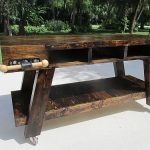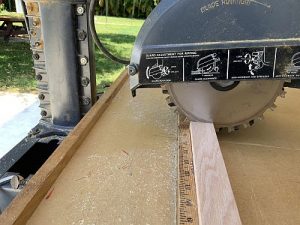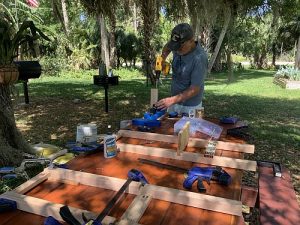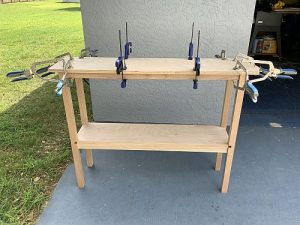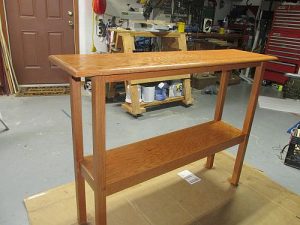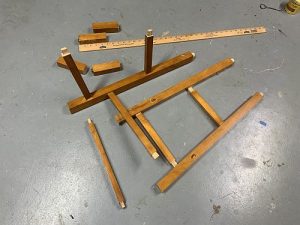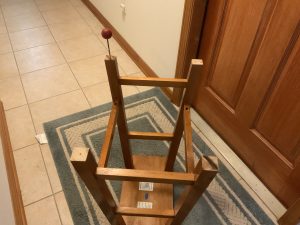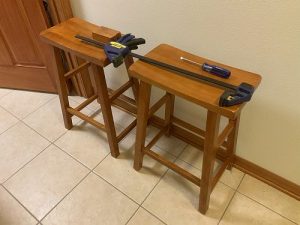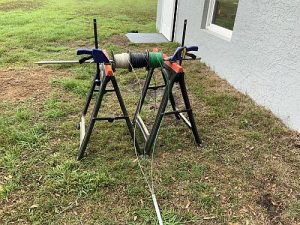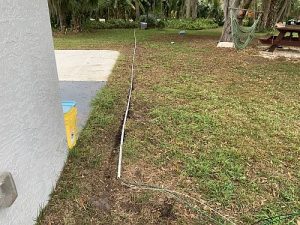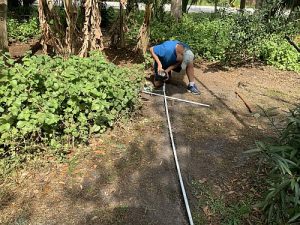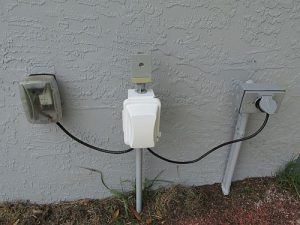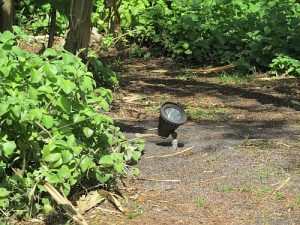The design and dimension are from Wood Magazine issue 252, March 2018, modified slightly, you guessed it.

The bench is made from solid wood

Plans called for 4 each 2”x5 ½” for both top and lower section. Obviously, the 2×3 looks like a butcher top and is slightly wider by no less than 5”. So, the plans call out a wooden type vice on one corner. Well let me tell you, this was the challenge! I got the holes ok almost exact on the bench piece. Then I mounted the base and my challenge began. I kept thinking after mounting the support base that my holes were off so much that the mechanics of the vice could not handle the slight off.
A breakthrough happened after losing a couple of screws on the mounting plate when the vice began to work smoothly. I then put a couple of washers under the mounting plate and glued down the screws and now it works smooth. Go figure it was the mounting plate and not my measurements of the locations of the holes that allow the vice to operate. What a challenge to figure out.
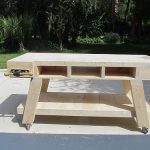
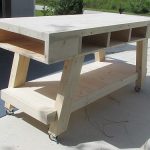
Well, I finished up the bench areas that are visible. The total cost is estimated for wood and hardware is around $300.00. The total time for cutting and putting together is around 3 + weeks.
I chose a dark wood stain as it is a workbench. Then I placed a High Gloss Tung Oil over the stain. The results seem to be great and using Tung Oil saved a lot of time over putting three coats of varnish over the stain. No Sanding required and no bubbles. Also, I was able to use shop towels to spread the Tung Oil so, no brush to clean up 🙂 !
